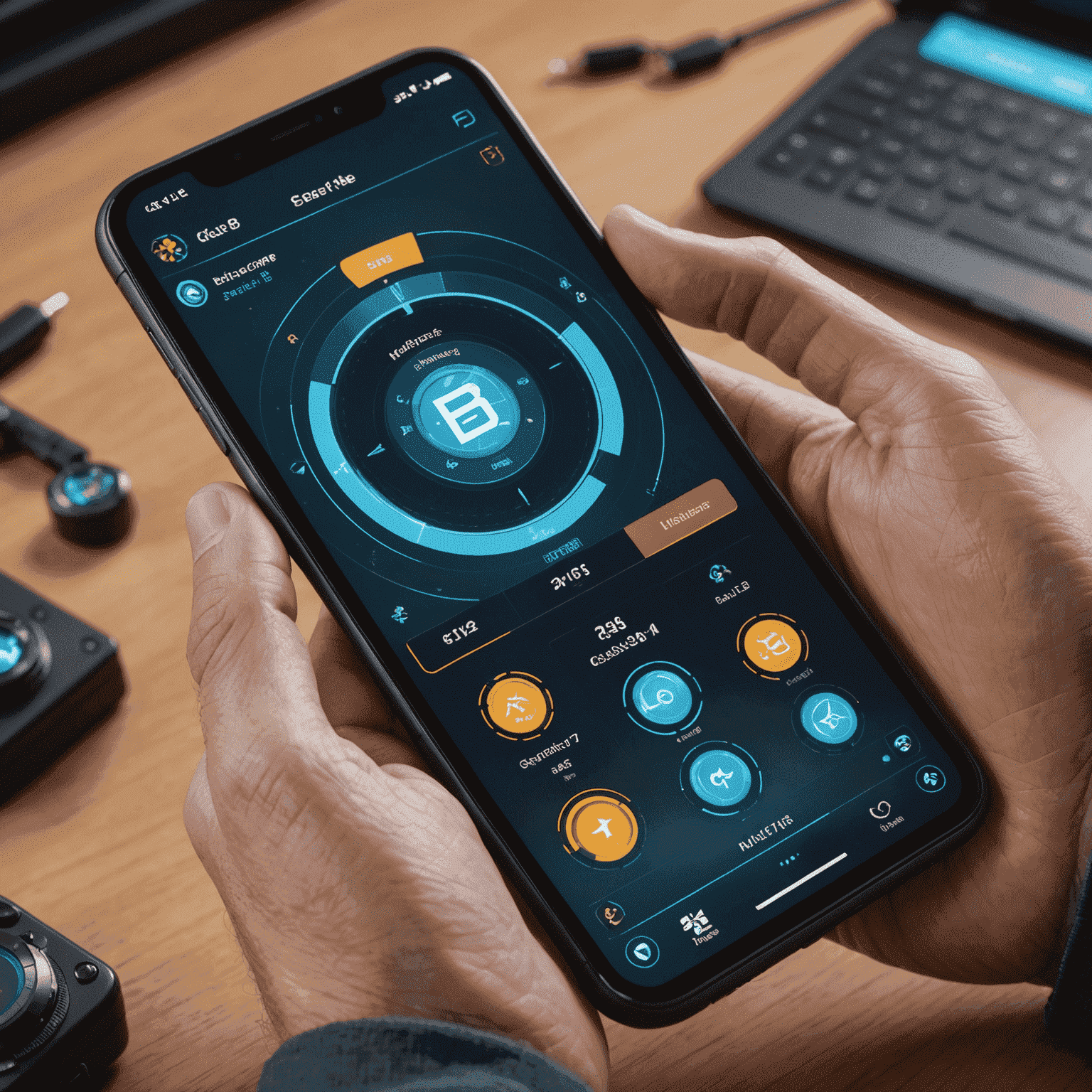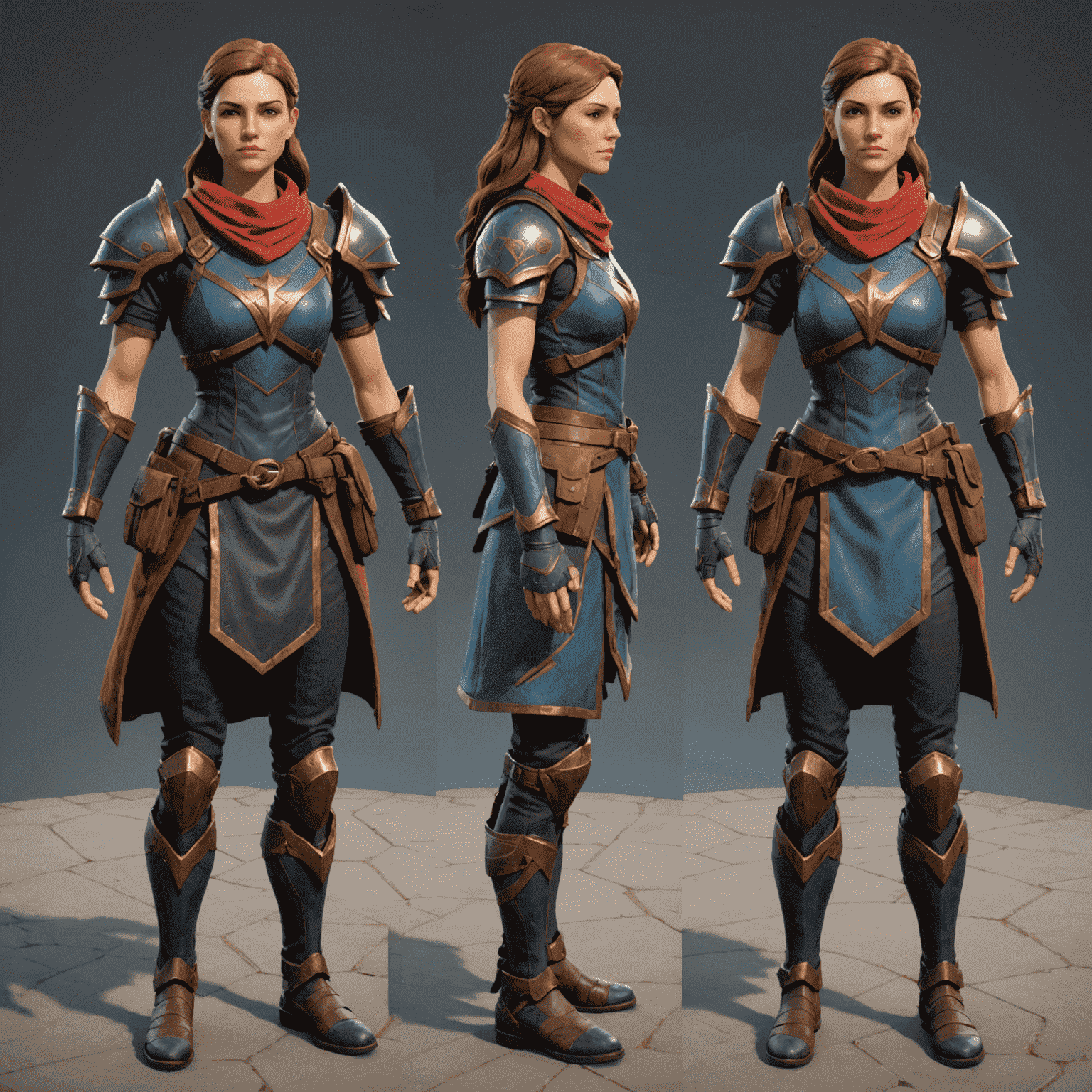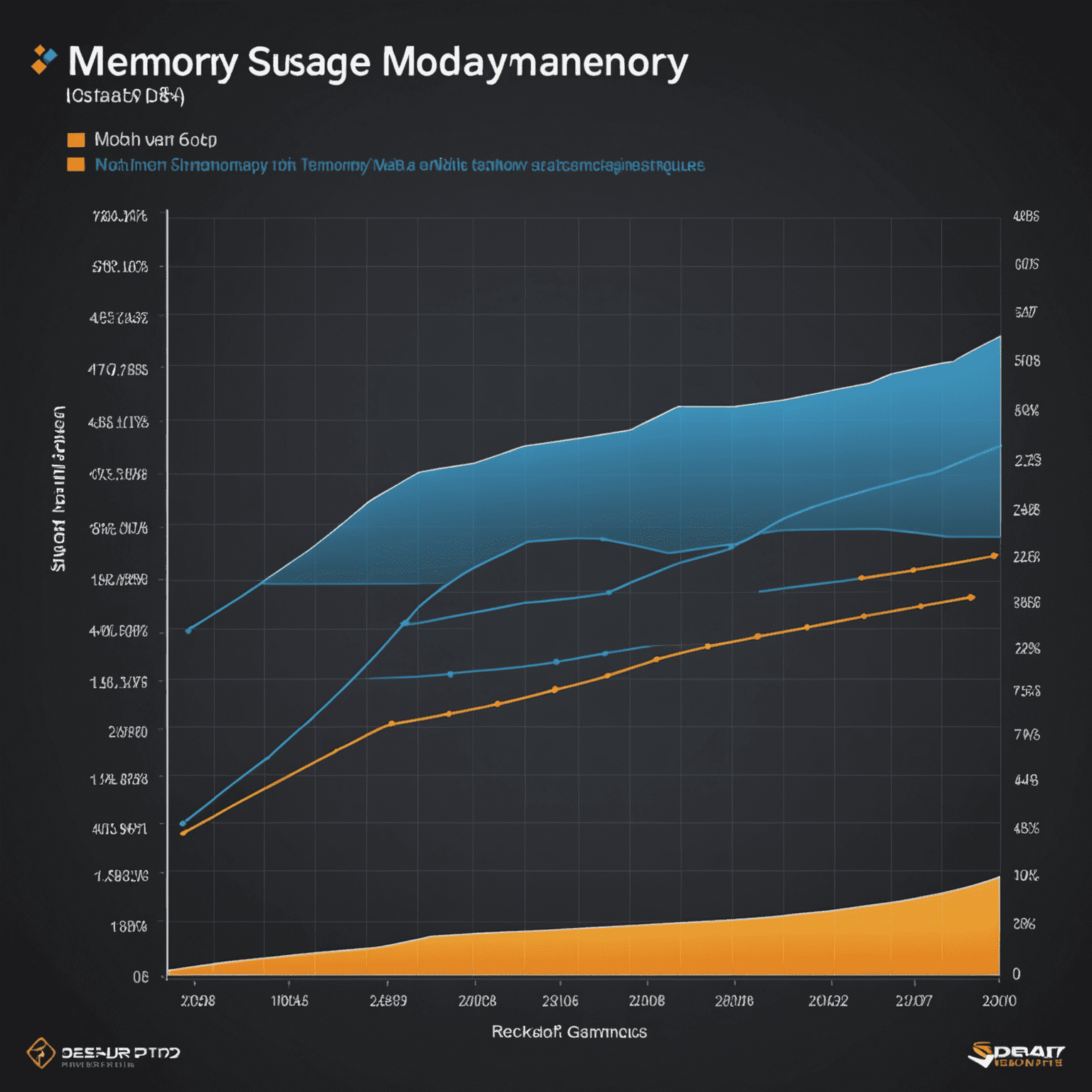Optimizing Mobile MOBA Performance: Tips and Tricks

Mobile MOBA (Multiplayer Online Battle Arena) games have taken the gaming world by storm, but ensuring smooth performance across various devices can be challenging. Here are essential techniques and Optimal practices for enhancing the performance of mobile MOBA games.
1. Optimize Asset Loading
Efficient asset management is crucial for mobile MOBA performance. Implement progressive loading techniques to prioritize essential game elements. Use texture atlases to reduce draw calls and optimize memory usage. Consider implementing a dynamic asset loading system that loads only the necessary resources based on the current game state.
2. Implement Level of Detail (LOD) Systems
LOD systems can significantly improve performance by reducing the complexity of 3D models and textures based on their distance from the camera. This technique is particularly effective for mobile MOBAs, where multiple characters and structures are often visible simultaneously.

3. Optimize Particle Systems
Particle effects are common in MOBAs but can be performance-intensive. Limit the number of active particles, use efficient rendering techniques like billboarding, and consider using sprite sheets for particle animations instead of individual textures.
4. Implement Efficient Networking
Optimize your networking code to reduce latency and bandwidth usage. Use techniques like delta compression, client-side prediction, and interpolation to create a smooth gameplay experience even under suboptimal network conditions.
5. Utilize Hardware Acceleration
Take advantage of mobile GPU capabilities by using hardware-accelerated rendering APIs like Metal (iOS) or Vulkan (Android). These APIs can significantly improve rendering performance and reduce CPU overhead.
6. Implement Adaptive Quality Settings
Create a system that automatically adjusts graphics quality based on the device's performance capabilities. This can include adjusting resolution, texture quality, shadow quality, and other graphical features to maintain a consistent frame rate across different devices.

7. Optimize Shaders and Materials
Use mobile-optimized shaders and materials that balance visual quality with performance. Implement techniques like normal mapping instead of high-poly models, and use efficient lighting models suitable for mobile devices.
8. Implement Occlusion Culling
Use occlusion culling techniques to avoid rendering objects that are not visible to the camera. This can significantly reduce the rendering workload, especially in complex MOBA maps with numerous obstacles and structures.
9. Profile and Optimize CPU Usage
Use profiling tools to identify CPU bottlenecks in your game. Optimize AI, pathfinding, and game logic to ensure efficient CPU usage. Consider using multi-threading for non-rendering tasks to take advantage of multi-core mobile processors.
10. Implement Efficient Memory Management
Optimize memory usage by implementing object pooling for frequently created and destroyed objects, such as projectiles or visual effects. Be mindful of memory leaks and implement proper resource cleanup to maintain stable performance over extended play sessions.

Conclusion
Optimizing mobile MOBA performance requires a multifaceted approach that addresses rendering, networking, and resource management. By implementing these tips and tricks, game developers can create smooth, responsive MOBA experiences that perform well across a wide range of mobile devices. Remember to continually test and profile your game on various devices to ensure consistent performance and an enjoyable gaming experience for all players.